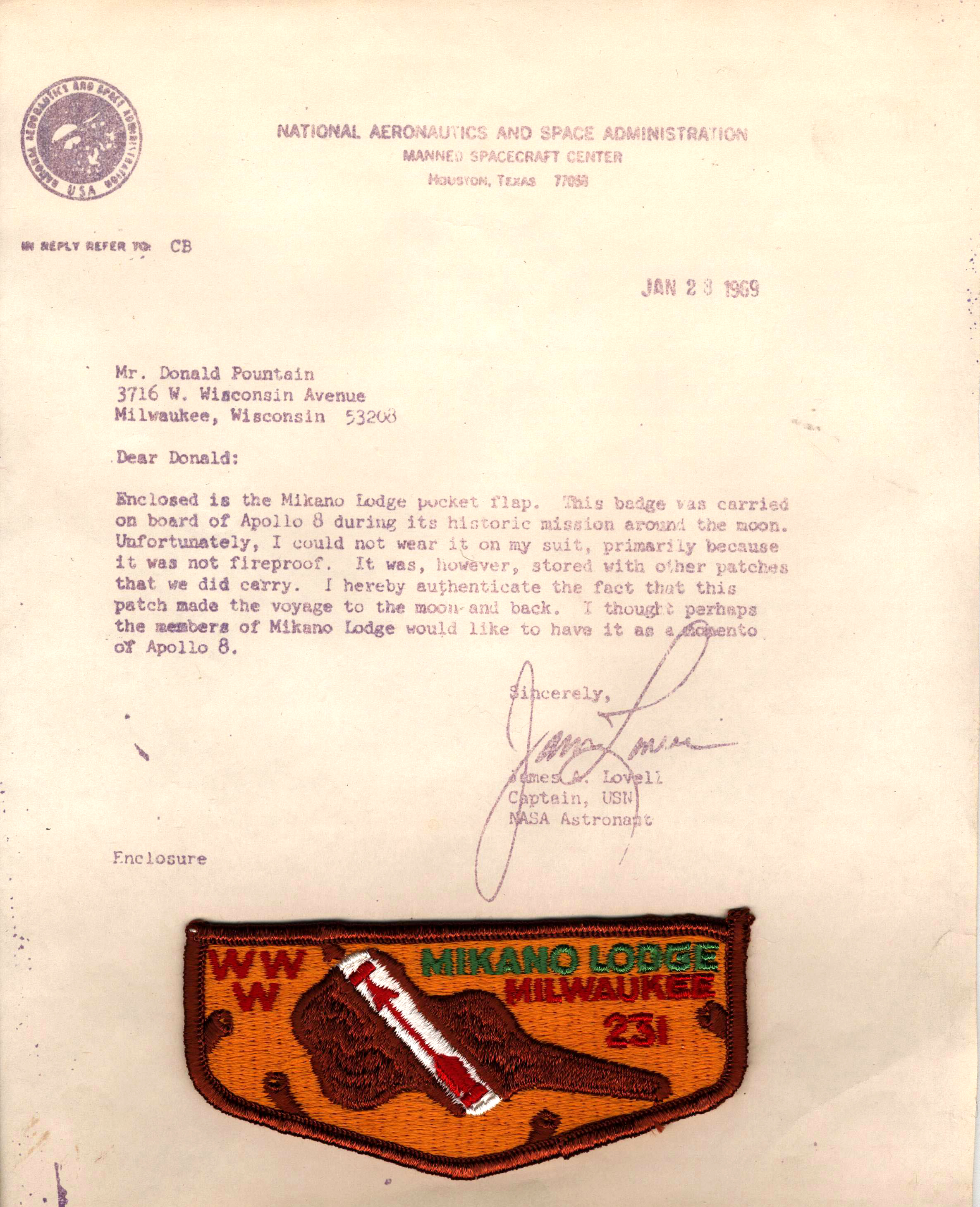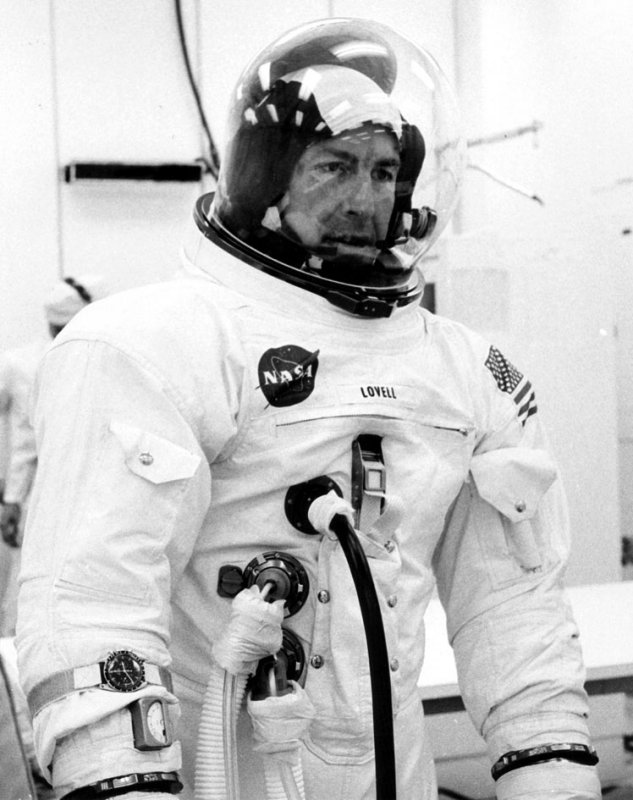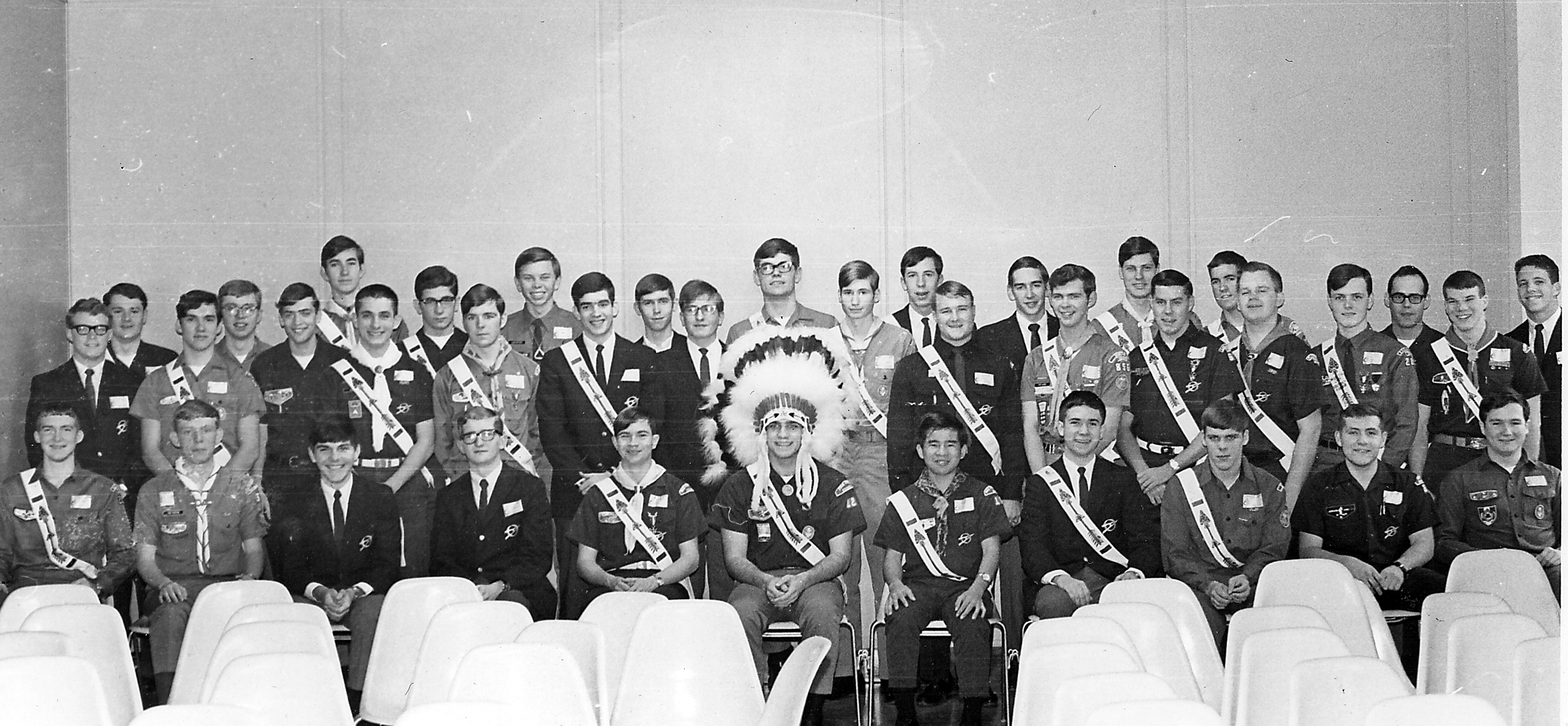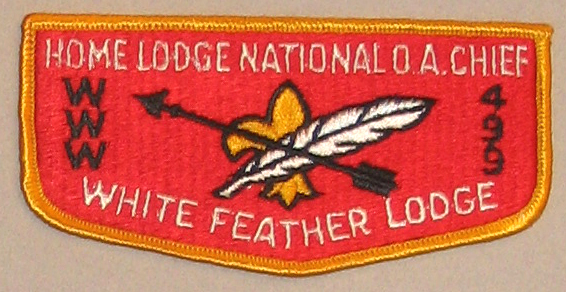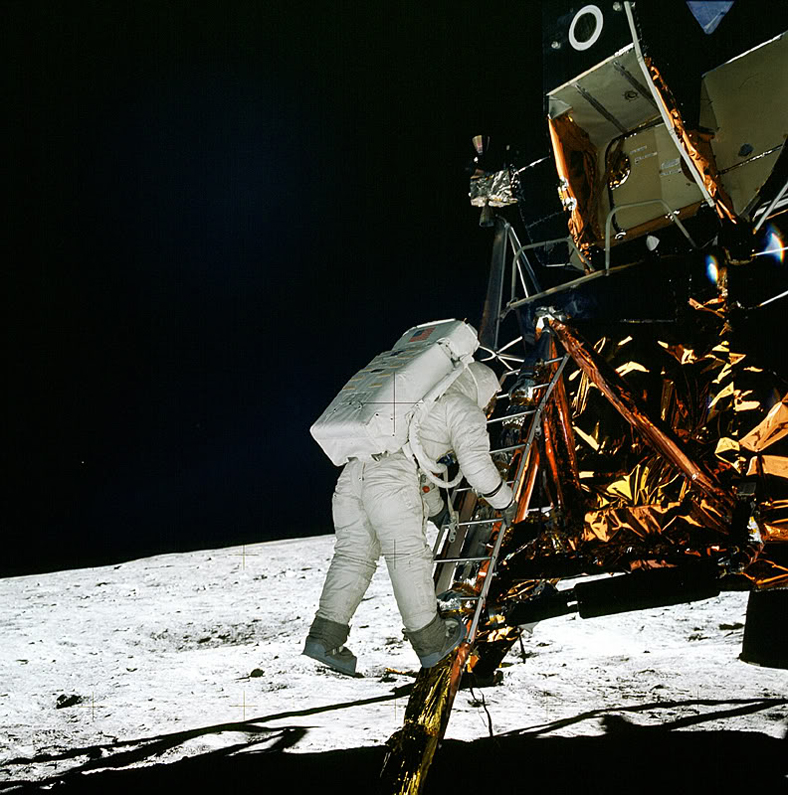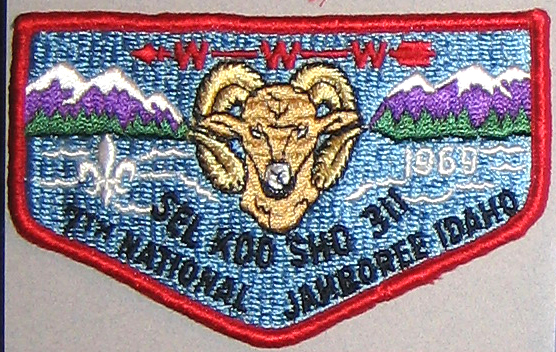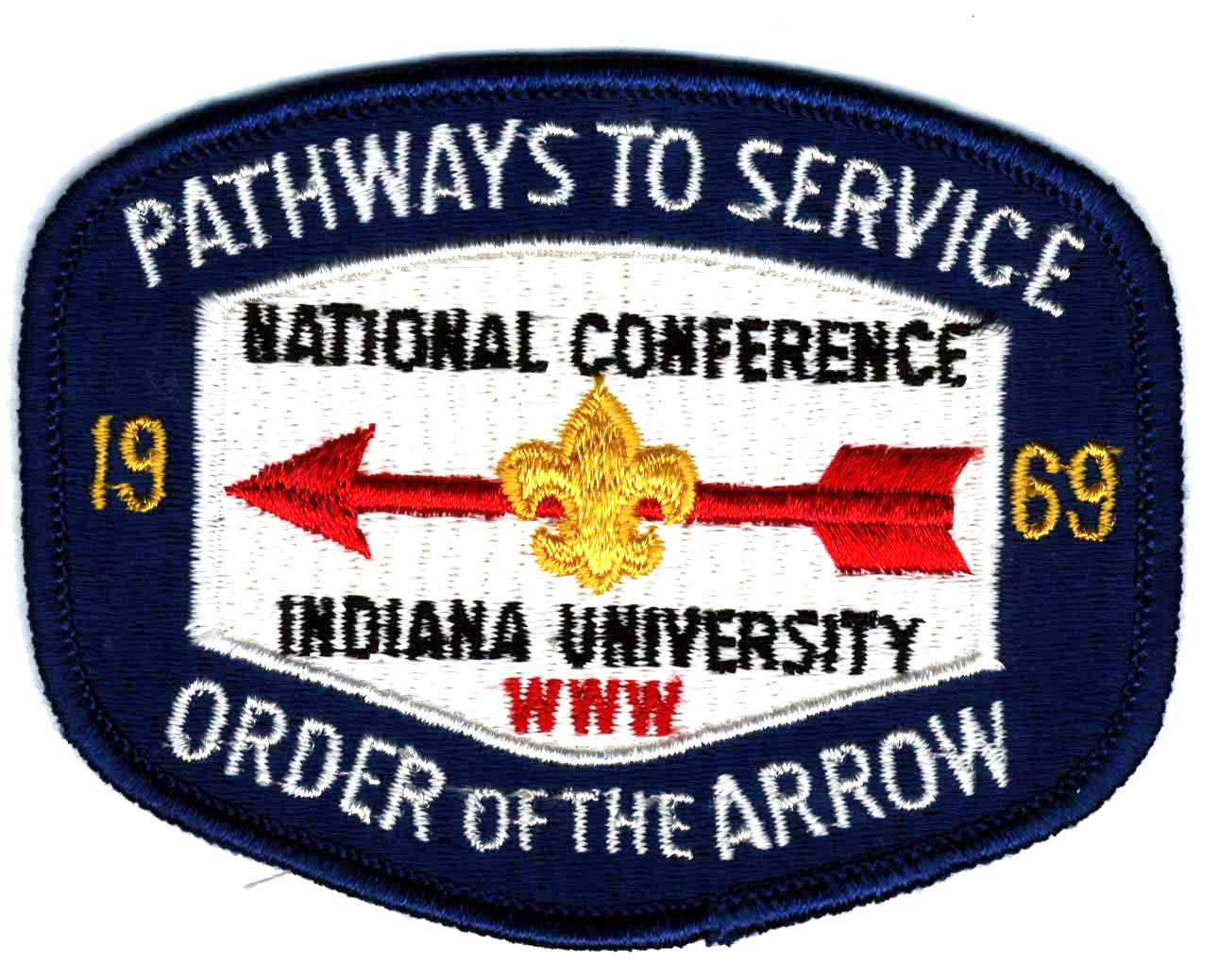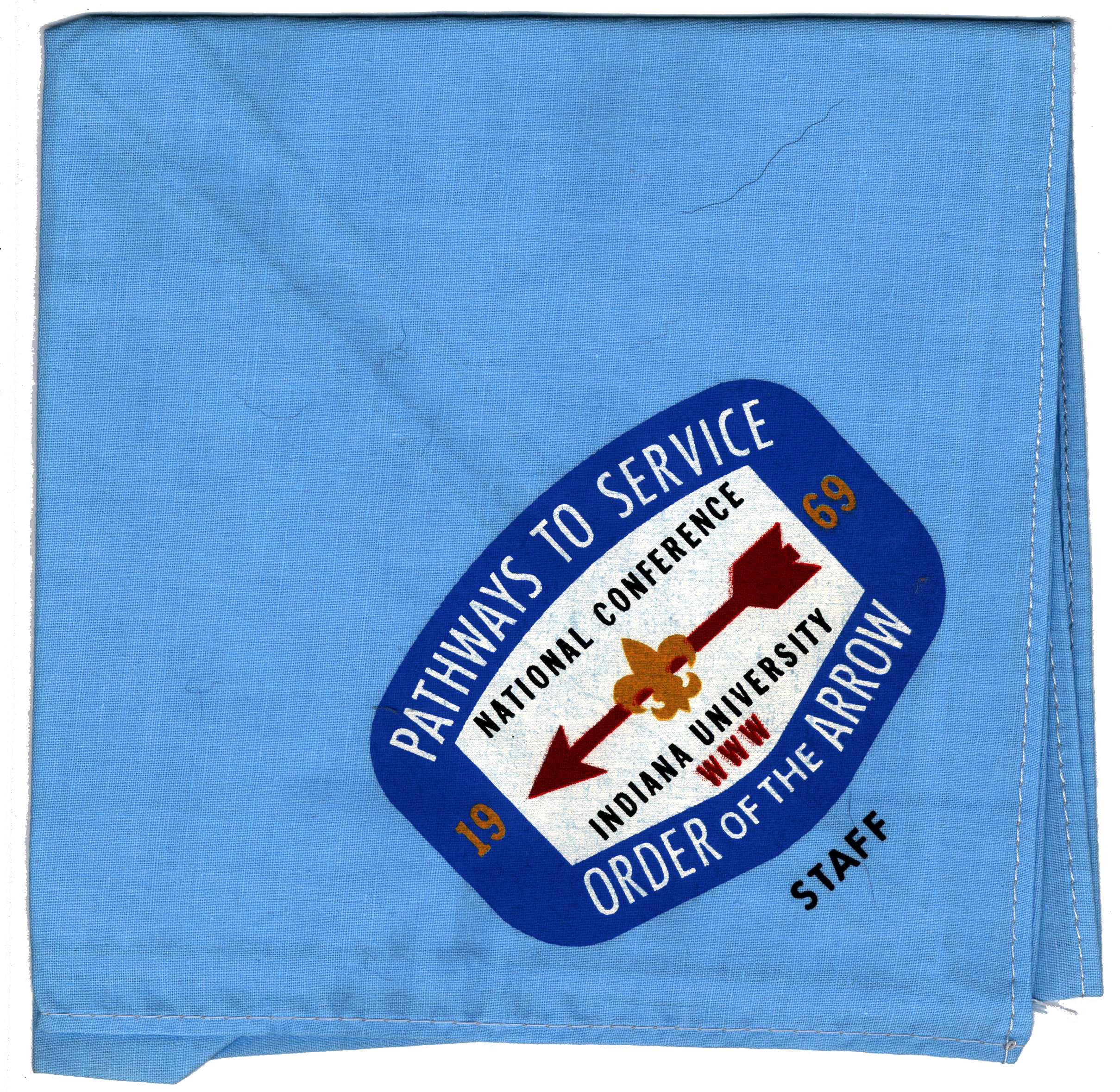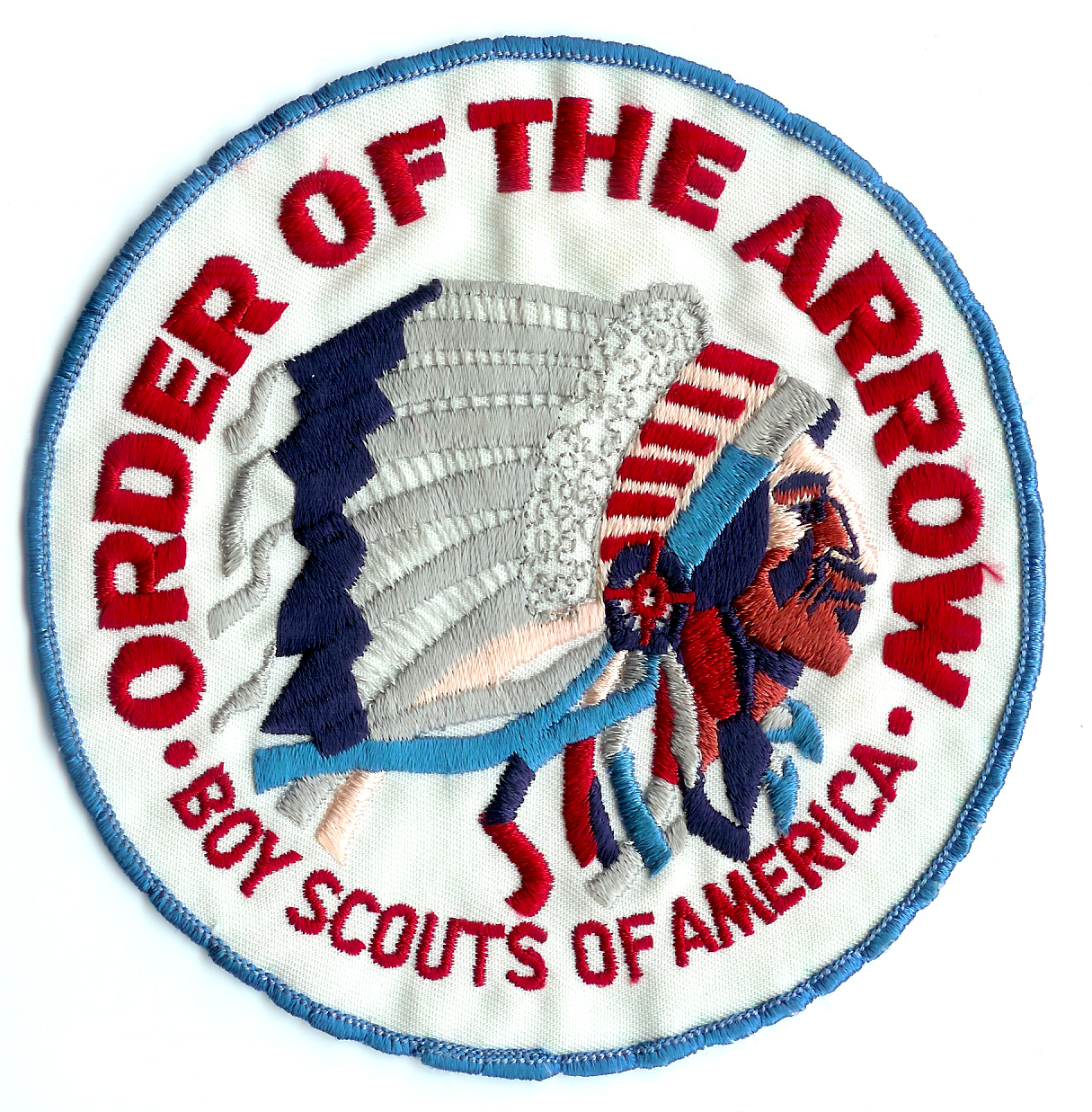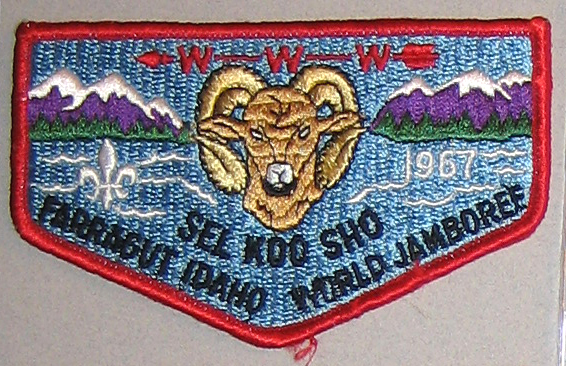An Arrowman's Profile - Desegregation of OA
Dr. David Briscoe grew up in Mars Hill, North Carolina, a small agrarian community 18 miles north of Asheville. He joined the Boy Scouts in 1965, earned Eagle Scout in 1968, and became a member of Tsali Lodge 134 in 1968. He was the first African American inductee and Vigil Honor member in that lodge which had existed for thirty years, at a time where segregation still dominated the South. He received Brotherhood in 1969, and the Vigil Honor in 1973. What follows is Dr. Briscoe’s Scout story as told in own words.
I helped organize my first troop. I was fourteen years old. It’s an interesting story, because in 1963, I was bussed from Mars Hill to the city schools in Asheville. I went to a one-room schoolhouse for six years. When you went to the sixth grade you had to be bussed to the city for the seventh and eighth grade junior high, and then once you got to the ninth grade you went to the Stevens High School. That’s a major high school in Asheville. Junior high for seventh and eighth grade was (segregated) black. So let me tell what happened to me. I’ll never forget when we had library period. Here I was in the seventh grade. I went to the library and there was a rack over there with magazines. And there was a Boys’ Life. And I looked at that Boys’ Life and I nearly went crazy. The Boy Scout Handbook had Scout hiking; man I lost my mind. I was just so enthralled with all that.
But there was no black troop in Mars Hill, but there was a white troop...102, in Mars Hill. Segregation was de jure at that time by law. I knew all these white kids but we didn’t mix when it came to going to school and Scouting activities.
So a year and a half went by and my buddies and me pretended to be Scouts. We pretended to be Scouts, unofficially. There was a black kid in Asheville that was part of troop 154. Okay, he brought an old battered handbook to class one day. He brought it to class and I was looking at it and I said, ‘I need to buy this book from you. I said, how much do you want for it?’ He said, ‘A dollar.’ Had I known that I could have gone up to the Scout shop I could have bought a brand new one for a dollar. So I bought it. I saved my lunch money. Lunch was 25 cents a day.
I skipped lunch. I bought the Scout Handbook. They had a section in the first few pages that said that if you lived in a community that there was no Scout troop, you could organize a Lone Scout patrol or a neighborhood patrol. So I wrote to Edgar Wolfe at the national office who was in-charge of rural relationships. I still have the letter.
He sent me a letter back, he wrote ‘Master David Briscoe, you live in an area under the leadership of Ken Drupiewski the Scout Executive of the Daniel Boone Council.' So in two weeks the district executive named Frank Gay came to visit my uncle. My uncle was a big community leader. And we got the Scout troop started. My uncle was my Scoutmaster.
I passed my Tenderfoot requirements in front of the whole troop. And I’ll never forget my uncle said, ‘Which of you boys will be my first Eagle Scout?’ I raised my hand. I was scared. I raised my hand. I did become that Eagle Scout. So I always take credit really. So my dad was involved, my brother’s were involved. Later my brother was my Scoutmaster when I earned my Eagle.
Dr Briscoe has received many honors and has provided a lifetime of service to the Order, Scouting and the community. He received the Founders Award in 1991 and the OA Distinguished Service Award in 1992. Dr. Briscoe served on the National OA Committee from 1993 to 2003. He received the Silver Beaver in 1981, the Silver Antelope in 1996, the Silver Buffalo in 2005, and was conferred the Distinguished Eagle Scout Award in 2008. Dr. Briscoe has served and continues to serve on many national Scout committees.
Dr. Briscoe is presently a Professor of Sociology at the University of Arkansas, Little Rock where he has taught such courses as Introduction to Sociology, Family Violence, Family Sociology, Experiences of Black Americans, and Social Problems.
